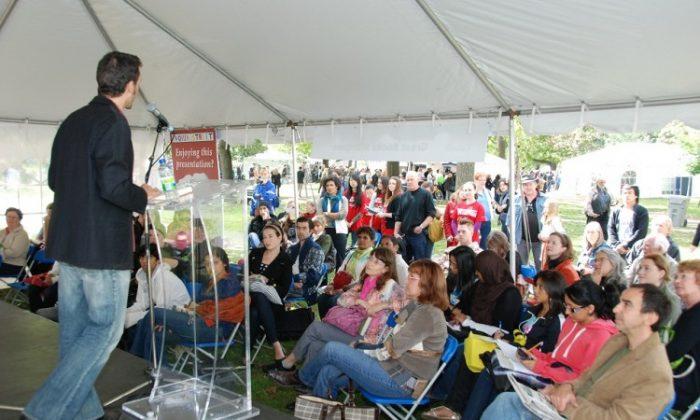Archaeologists with a University of Toronto project have uncovered the remains of a monumental gate complex decorated with stone sculptures in Turkey. The decorations include a “magnificently carved lion,” the university says.
“The lion is fully intact, approximately 1.3 metres in height and 1.6 metres in length. It is poised in a seated position, with ears back, claws extended and roaring,” Timothy Harrison, professor of Near Eastern archaeology and the director of the project, said in a statement.
A second discovered piece shows a “human figure flanked by lions.”
“[It] is an iconic Near Eastern cultural motif known as the Master and Animals. It symbolizes the imposition of civilized order over the chaotic forces of the natural world,” Harrison said.
The gate complex led the way to the citadel of Kunulua, which was the capital of the Kindom of Patina. It appears to have been destroyed after the Assyrian conquest in 738 BCE, according to the researchers.
“The lion is fully intact, approximately 1.3 metres in height and 1.6 metres in length. It is poised in a seated position, with ears back, claws extended and roaring,” Timothy Harrison, professor of Near Eastern archaeology and the director of the project, said in a statement.
A second discovered piece shows a “human figure flanked by lions.”
“[It] is an iconic Near Eastern cultural motif known as the Master and Animals. It symbolizes the imposition of civilized order over the chaotic forces of the natural world,” Harrison said.
The gate complex led the way to the citadel of Kunulua, which was the capital of the Kindom of Patina. It appears to have been destroyed after the Assyrian conquest in 738 BCE, according to the researchers.





